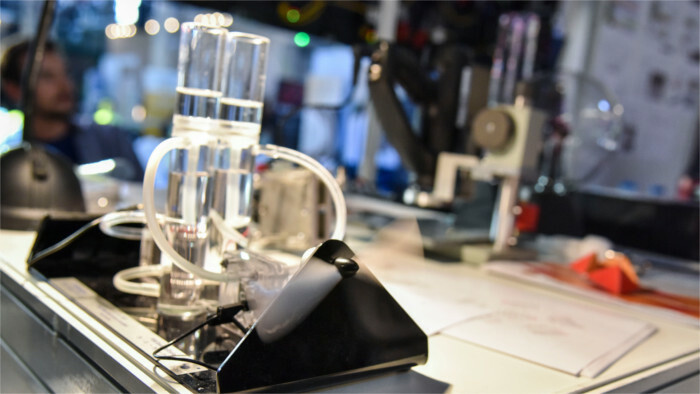On Friday (September 27), the cities of Bratislava, Košice, Banská Bystrica, Žilina and Poprad will join the largest science popularization event in Europe called the European Night of Science. Climate change, biodiversity, artificial intelligence and mental health will also be topics.
Numerous experiments, practical demonstrations of robotics and lectures await visitors. They will also be able to talk to foreign and Slovak scientists about the role of science in society. The science festival will take place on the same day in parallel in 25 European countries.
According to the organizers, in Bratislava there will be an opportunity to see practical demonstrations of the use of a construction robot that helps on construction sites. "Visitors will also learn whether or when robots will replace construction workers. Within the robotics topic, there will also be a discussion on the use of artificial intelligence in humanoid robots," added Ľubomír Bilský, director of the civic association Slovak Organization for Research and Development Activities.
In addition, the lectures in Bratislava's Stara Tržnica will also be devoted to the topics of mental health and sustainable fashion. The organizers also decided on a new element of the event in the form of four workshop zones dedicated to the theme of nature, society, technology and the sun.
The people of Banská Bystrica will enjoy lectures on science with musical performances and competitions for children. In Žilina, during the Night of Science, fans of ships, road transport, trains, or topics such as cyber security, artificial intelligence in medicine, or the play of light will enjoy themselves. "Visitors will be able to try out a flight simulator and have fun with experts from the University of Žilina about the drone models they will bring with them," Bilský added. At the Science Night in Poprad, visitors will learn how to detect fraudulent emails, or how modern spy or security cameras work. In Košice, visitors will be able to immerse themselves in the world of data and teach the artificial brain what the human brain can handle.
Source: TASR

